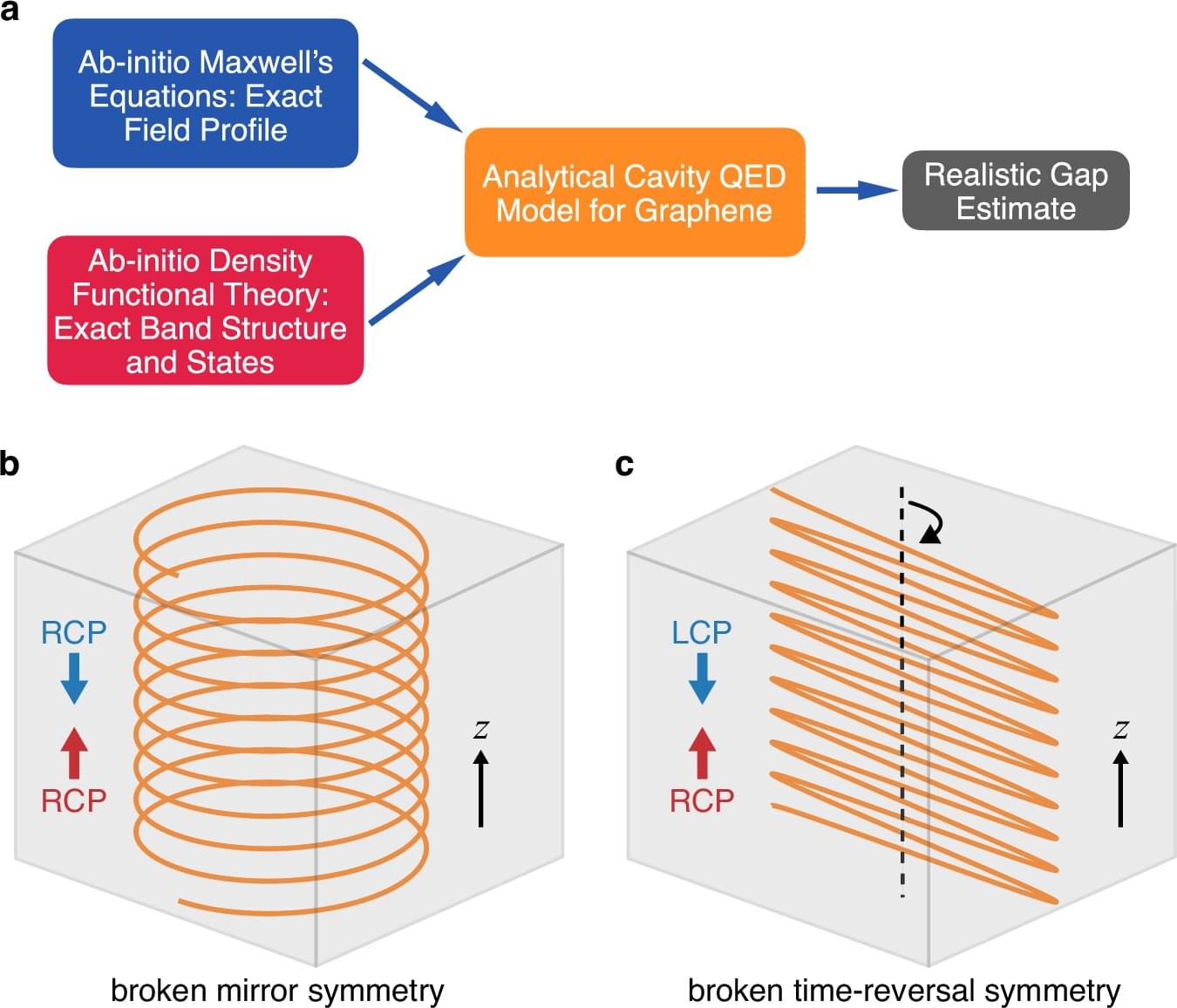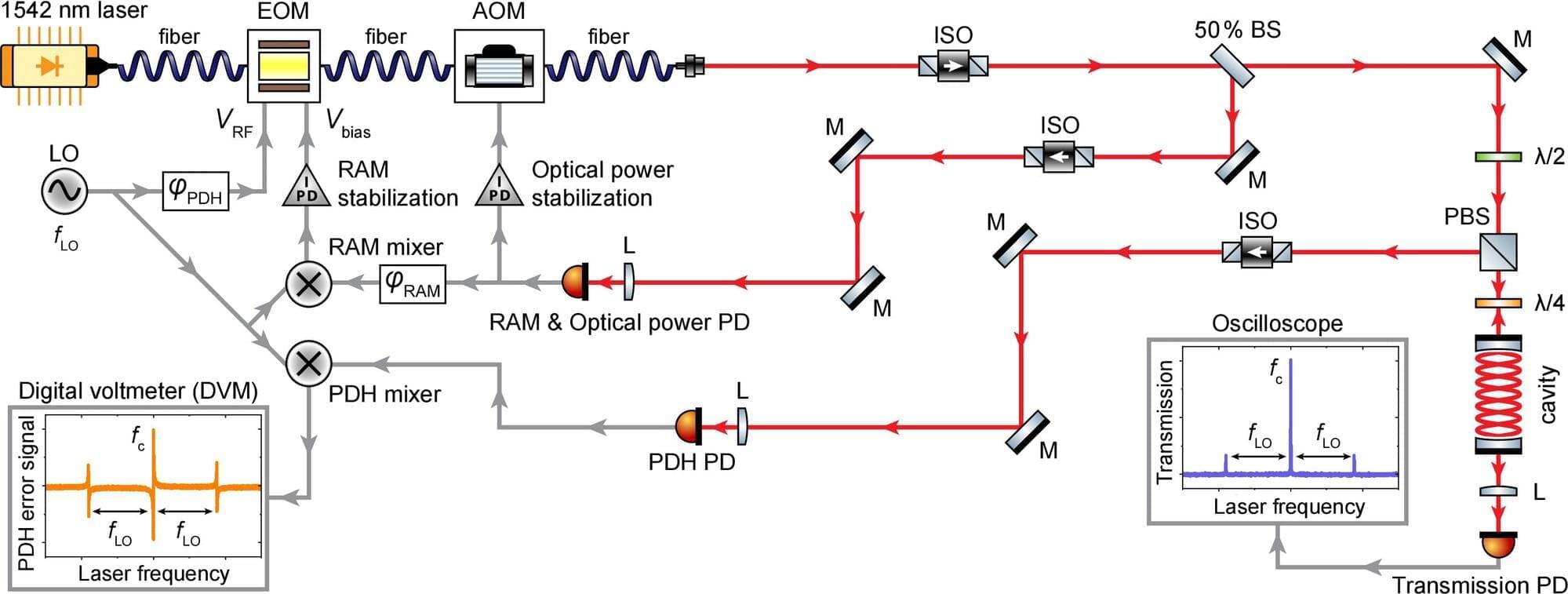Imagine a computer that does not rely only on electronics but uses light to perform tasks faster and more efficiently. A collaboration between two research teams from Tampere University in Finland and Université Marie et Louis Pasteur in France have now demonstrated a novel way of processing information using light and optical fibers, opening up the possibility of building ultra-fast computers. The studies are published in Optics Letters and on the arXiv preprint server.
The research was performed by postdoctoral researchers Dr. Mathilde Hary from Tampere University and Dr. Andrei Ermolaev from the Université Marie et Louis Pasteur, Besançon, demonstrated how laser light inside thin glass fibers can mimic the way artificial intelligence (AI) processes information. Their work has investigated a particular class of computing architecture known as an Extreme Learning Machine, an approach inspired by neural networks.
“Instead of using conventional electronics and algorithms, computation is achieved by taking advantage of the nonlinear interaction between intense light pulses and the glass,” Hary and Ermolaev explain.









